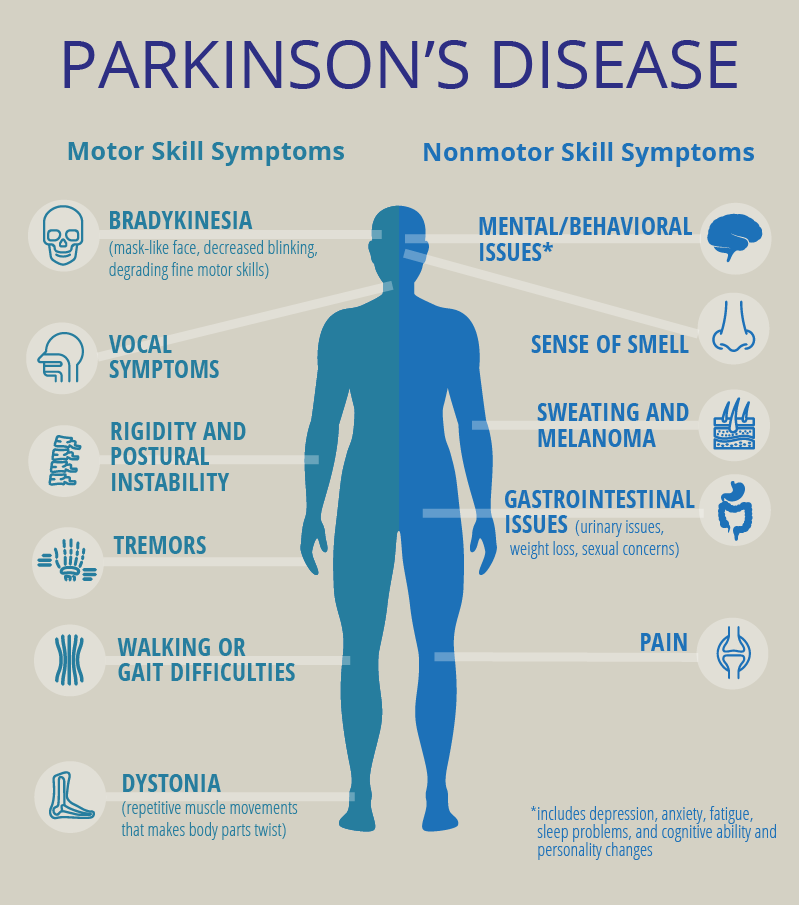Parkinson’s disease, the second-most frequently identified neurodegenerative condition, is characterised by tremors, muscle rigidity, and gait issues.

Parkinson’s disease, the second-most frequently identified neurodegenerative condition, is characterised by tremors, muscle rigidity, and gait issues. With the help of wearable devices designed to detect and track the progression of a patient’s condition of Parkinson disease, medical professionals can alter medications and treatment plans.
Symptoms frequently begin on one side of the body and worsen there. Treatment is challenging because of patient or family memory, or because of a patient diary. Wearable devices are anticipated to assist doctors in tracking their patients’ responses to medications and actual symptoms, enabling truly individualised treatment plans.
Wearable devices for disease of Parkinson
Electronic rating scales, wearable sensors, and eDiaries help patients keep track of their symptoms at home. It is important to be able to observe the patient’s movements and daily activities at home rather than just during a single isolated clinic visit.
To increase the number of these new wearable devices on the market, researchers in the academic and industrial sectors are engaged. Wearable devices makes it possible to document the strength and duration of a medication’s effect on motor skills in the setting where the patient lives and works, making symptom monitoring objective, long-term, and real-time.
The reasons these devices are being developed include:
Diagnosis: The capacity to recognize minute symptoms and provide an early diagnosis.
Symptoms: Enable symptom monitoring at home so that medication adjustments can be made more successfully.
Compliance: Encourage the patient’s compliance with the exercise program’s inclusion in the at-home care plan.
Outcomes: Enhance the results of clinical trials so that the efficacy of suggested new medications can be tracked more objectively and immediately. Portable wearables can be attached to clothing or worn on the body.
Falls are a potential application for wearable technology, as they often accompany motor dysfunctions. This technology can detect a gait or balance issue in real-time and give feedback to the patient via visual, auditory, or touch-based feedback systems.
The gadgets include pressure-sensitive shoes, smart glasses, smart watches, smart clothes, and sensors that can be worn on the arm, leg, or chest. They feature unique technology that enables the doctor to instantly assess the patient’s motion and optimise the recommended treatment strategy.
Medical professionals use wearable sensors for quick evaluations before office visits, with the patient receiving a box with instructions and wearing it for a week before the appointment.
Data from the sensor worn at home is gathered and occasionally uploaded to the cloud using smartphone apps. The neurologist is then given this data after it has been extracted, examined, and evaluated.
The purpose of the patient appointment is to examine the patient, go over the information, go over any new symptoms or problems, and develop a personalised treatment plan that best addresses the patient’s symptoms.
The FDA has approved a number of smart watch applications and wrist-worn tremor-reduction devices, including the Cala Trio, which is adjustable to the patient’s particular pattern of brain signals. It requires a prescription from a doctor to use.
The majority of these wearable devices are not insured. However, some manufacturers will provide funding. A new area of research in Parkinson’s disease is wearable devices.
The use of technology can help manage medications, detect Parkinson’s disease earlier, monitor symptoms, and reduce other risks associated with gait and balance issues, like falls. If you are interested in using any of the FDA-approved devices, get in touch with your neurologist’s office and find out if they have any on hand or can prescribe one for you.